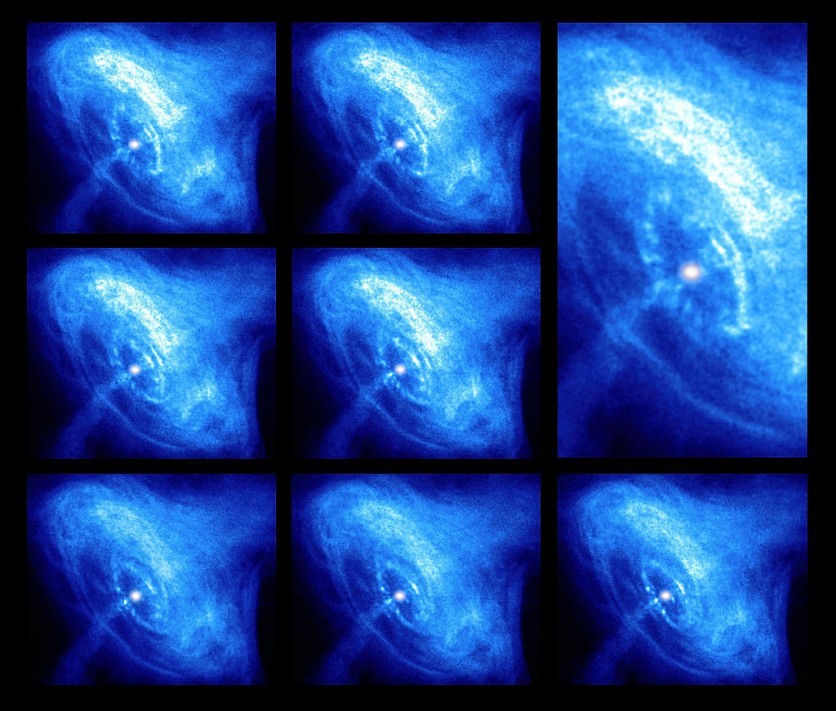Researchers from the International Centre for Radio Astronomy Research have found proof that magnetic fields exist in the biggest cosmic structures in the universe.
The cosmic web is how the universe appears at its largest size. It is an interweaving network of filaments and clusters packed with gas and galaxies that twist around voids that are millions of lightyears across.
Astrophysicists anticipated this universe-spanning web in the 1960s, and computer simulations in the 1980s gave a peek at how this massive network appeared.
The behavior of magnetic fields on a cosmic scale and their function in the development of cosmic and galactic structures are of particular interest to astronomers to better understand how the cosmic web came to be.

Magnetic Fields
The principal author of the study, Dr. Tessa Vernstrom from The University of Western Australia's (UWA) node of ICRAR, notes that magnetism is an essential force in nature.
"Magnetic fields pervade the universe-from planets and stars to the largest spaces in-between galaxies. However, many aspects of cosmic magnetism are not yet fully understood, especially at the scales seen in the cosmic web," Dr. Vernstrom said in a statement.
"When matter merges in the universe, it produces a shockwave which accelerates particles, amplifying these intergalactic magnetic fields."
Her research has captured the first direct observable proof of powerful shockwaves, which are radio emissions from the cosmic web.
This phenomenon was only previously seen in the greatest galaxy clusters in the cosmos, and it was predicted that it would be the "signature" of matter collisions all across the cosmic web.
Read Also : Astronomers Map the 'Poor Old Heart' of the Milky Way Galaxy Brimming with 2 Million Metal-Poor Stars
Radio Glow
In 2020, Dr. Vernstrom's team started looking for the "radio glow" of the cosmic web and at first discovered signals that may have originated from these cosmic waves.
However, Vernstrom chose a different signal type with less background "noise"-polarized radio light-as. These first signals might have included emissions from galaxies and astronomical objects other than the shockwaves.
The study stacked data over known clusters and filaments in the cosmic web using all-sky radio maps and data from the Global Magneto-Ionic Medium Survey, Planck Legacy Archive, Owens Valley Long Wavelength Array, and Murchison Widefield Array.
The weak signal that rises above the image noise is strengthened by the stacking technique and then compared to cutting-edge cosmological simulations produced by the Enzo Project.
The polarized radio light from the cosmic shockwaves detected as part of this research is predicted for the first time in simulations of this kind.
Understanding these magnetic fields may shed light on the beginnings of cosmic magnetism and improve hypotheses about how the universe developed.
The findings of the study were published in the journal Science Advances.
Related Article : [LOOK] NASA's James Webb Space Telescope Snaps Image of Neptune's Bright Rings in More Than Three Decades

ⓒ 2025 TECHTIMES.com All rights reserved. Do not reproduce without permission.




